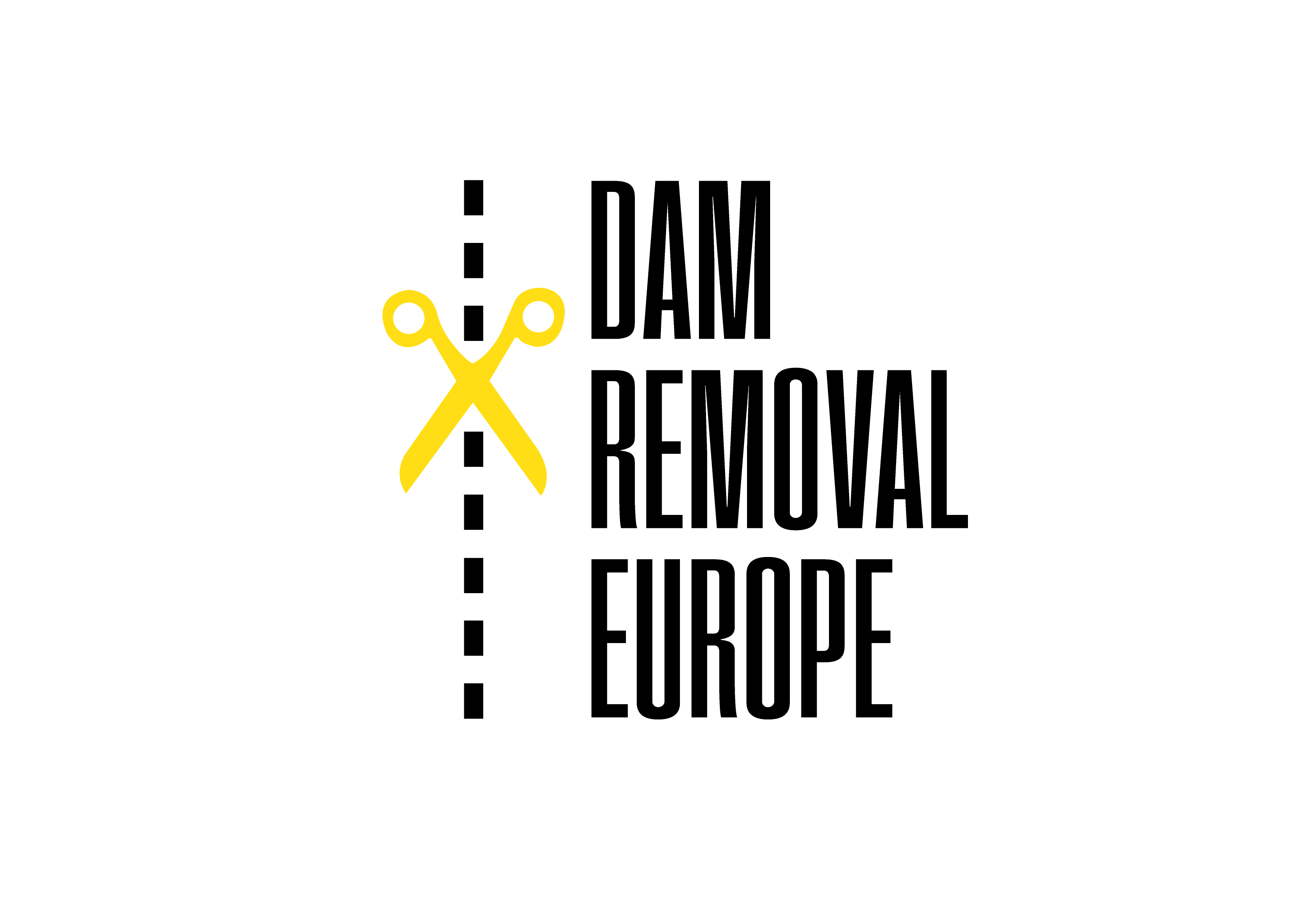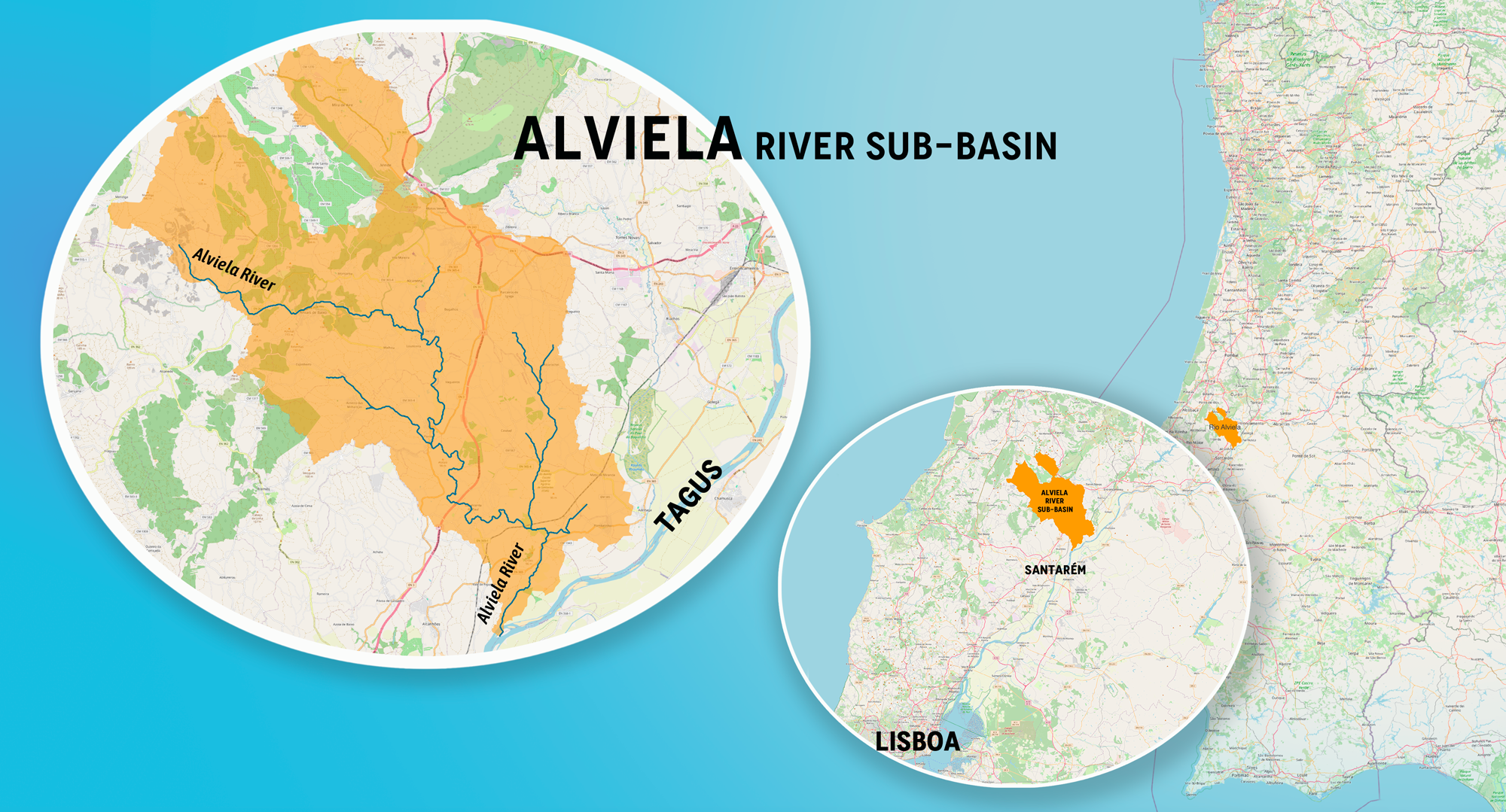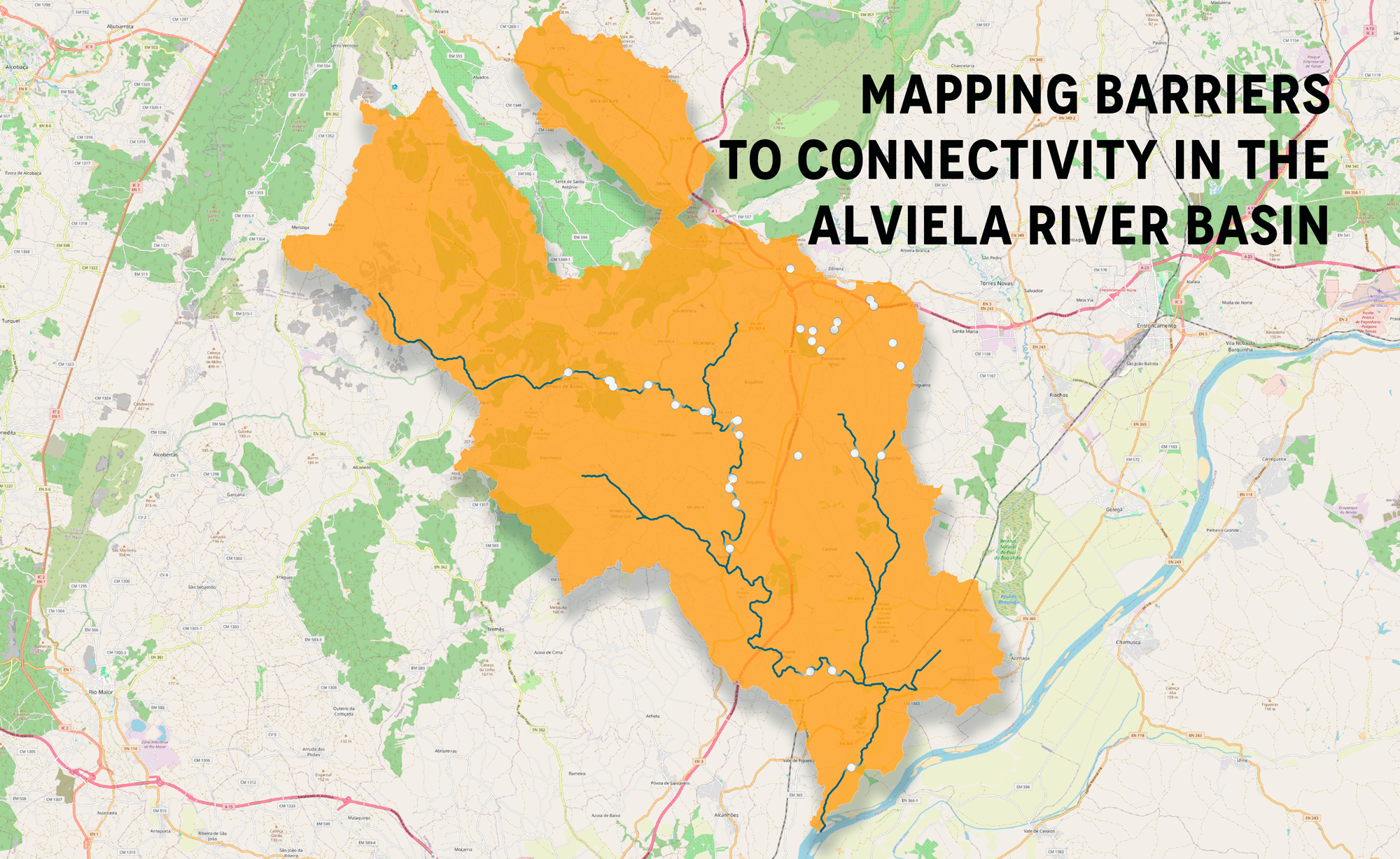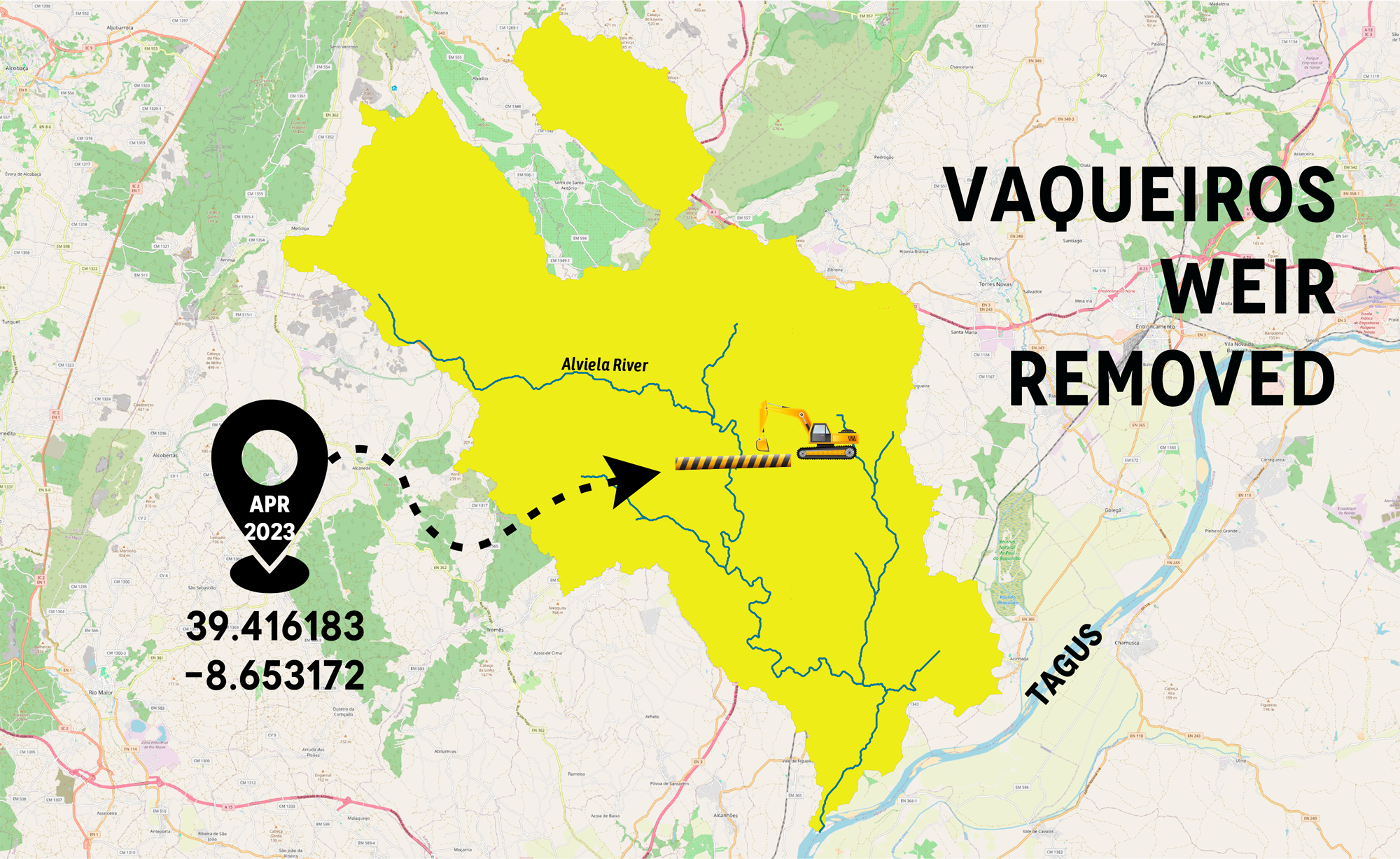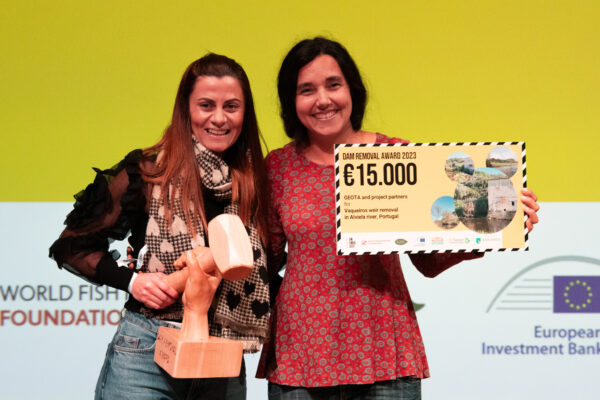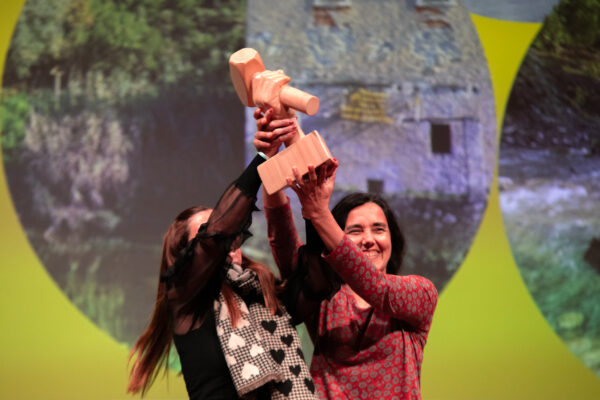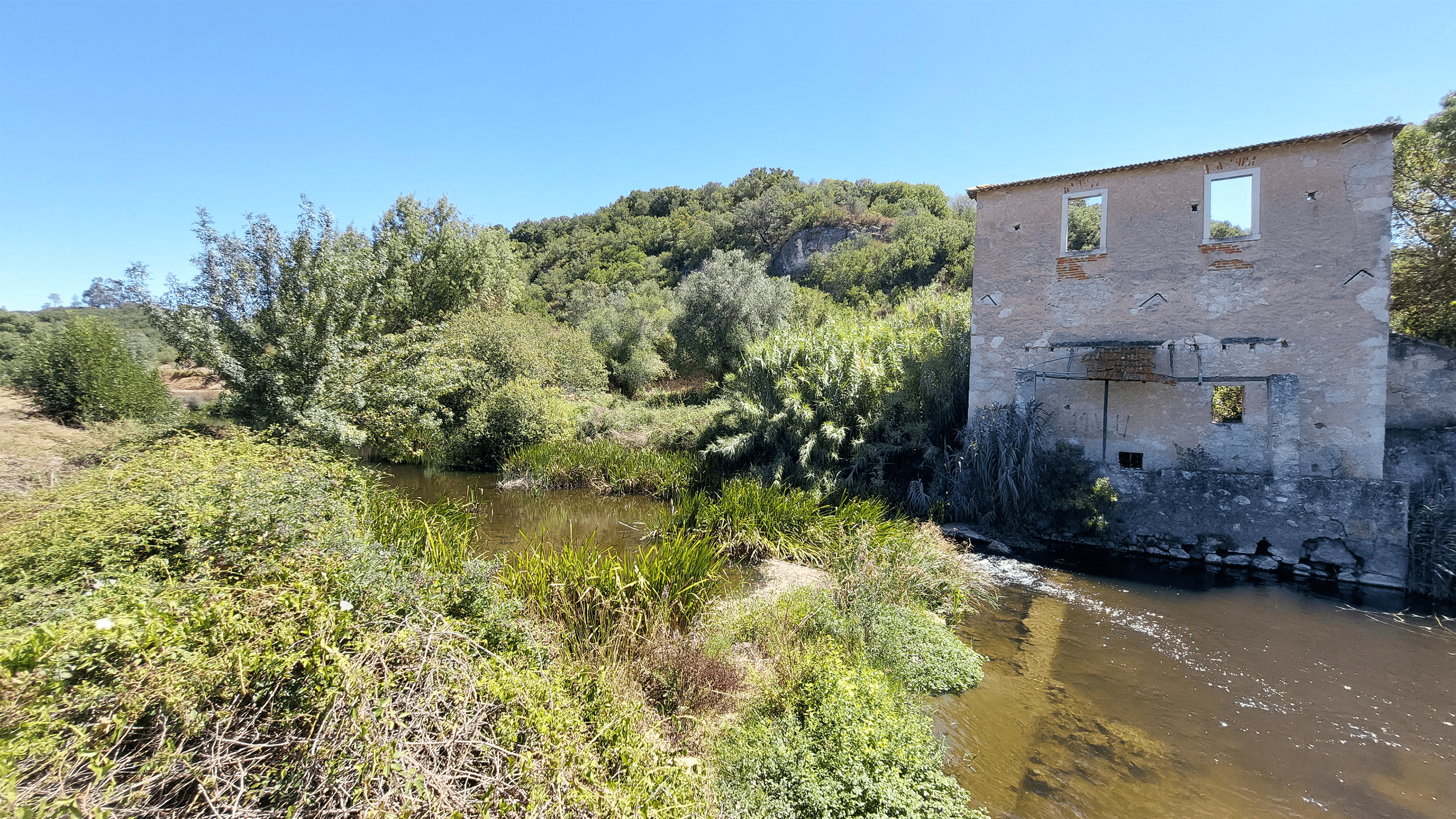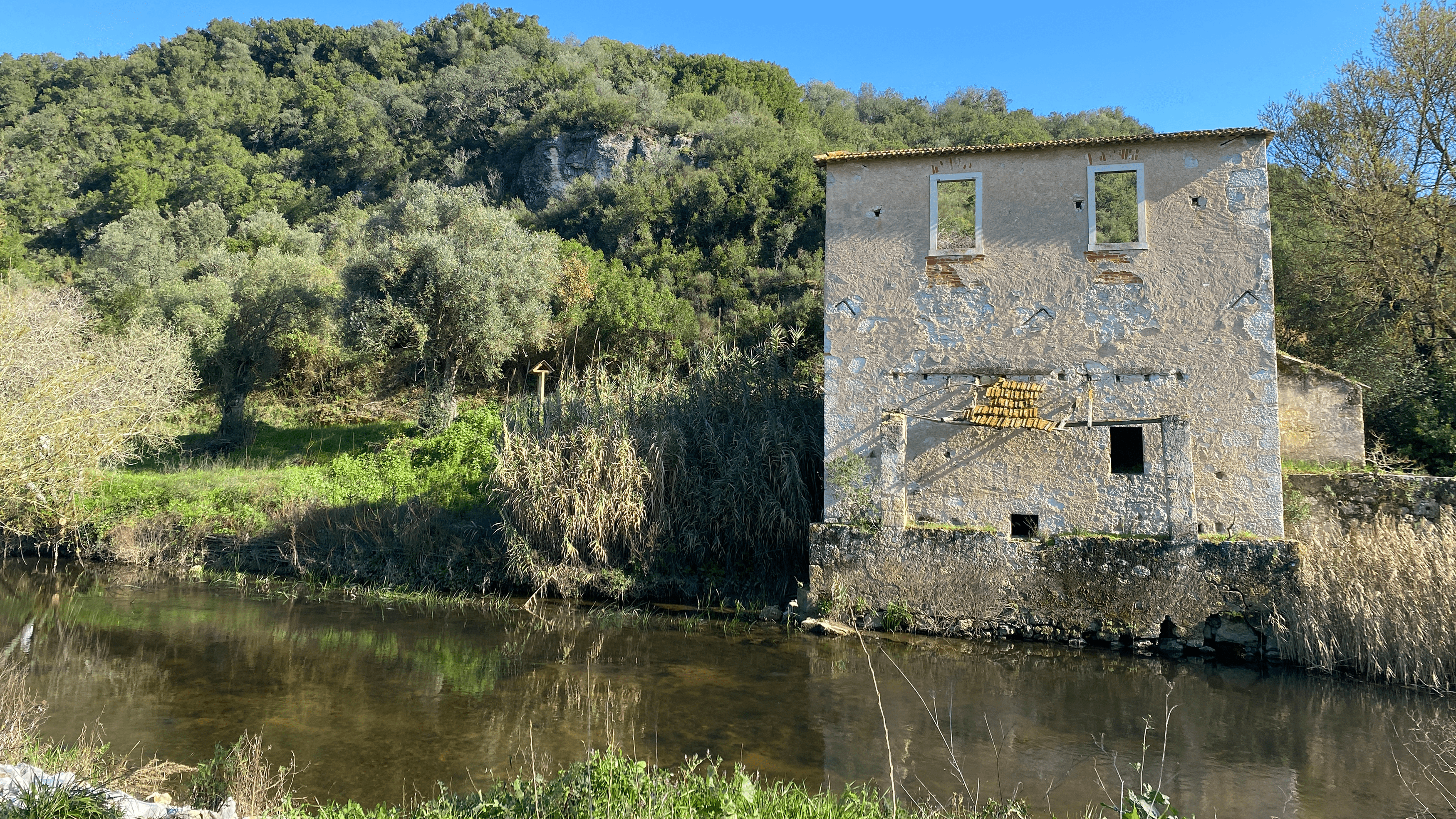A project that transformed community and political perspective towards barrier removal in Portugal
The River Alviela
The River Alviela basin is located in the central-east Portugal (Figure 1) and is characterized by high biodiversity and encompasses three important and protected/classified areas: the Serras de Aires e Candeeiros Comunitarian site of interest, the Natural Park of Serras de Aires e Candeeiros and the Natural Reserve and Special Protection Area for Avifauna of Paúl do Boquilobo, located about 4.9 km east of the Alviela. This sub-basin inhabits several endemic and rare or vulnerable species of flora, such as the Butomus umbellatus and the Hydrocharis morus-ranae. The latter species is present only in the River Alviela sub-basin and not in the entire basin.
